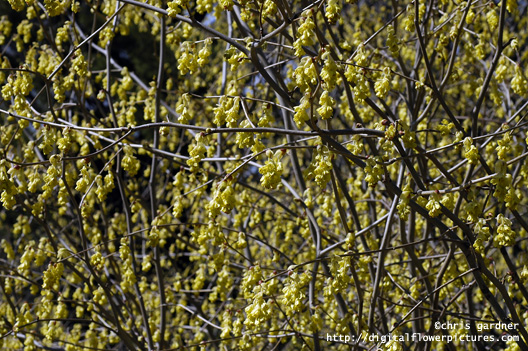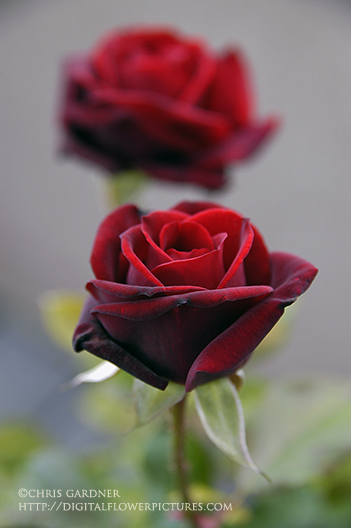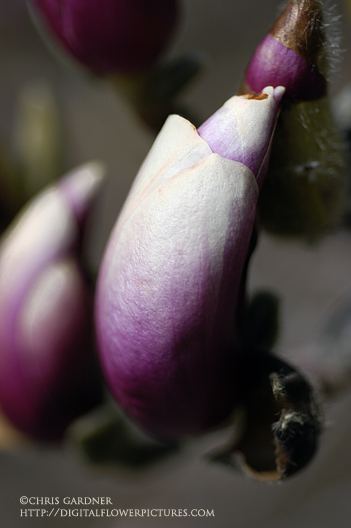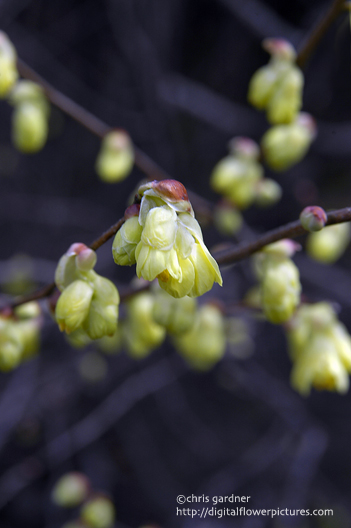
Clock Vine
Thunbergia mysorensis(thun-BER-jee-uh) (my-sor-EN-sis)
Acanthaceae (ah-kanth-AY-see-ay)
Synonyms:
Hexacentris mysorensisI have been admiring this vine at the New York Botanical Garden for several years and during my recent trip it was flowering more than I had ever seen it. Getting a picture has been tough and this is the best I came up with. This native of India grows both in subtropical and tropical regions. This one is of course growing indoors. The flowers are very detailed and are attractive to Hummingbirds. The Clock Vine is in the
Acanthaceae family. I have linked to a full-length Encyclopedia Britannica Article, which should be available to non-subscribers too.
There is a new Hardiness Map in town and that is sure to stir up some trouble. Since this is a press release I don’t think that they will mind my posting it in full.
<
start copy>
New Arborday.org Hardiness Zone Map Reflects Warmer Climate
Latest hardiness zones, based on most current temperature data available, suggest up-to-date choices for best trees to plant
Nebraska City, Neb. – Much of the United States has been warmer in recent years, and that affects which trees are right for planting.
Based on the latest comprehensive weather station data, The National Arbor Day Foundation has just released a new 2006 arborday.org Hardiness Zone Map which separates the country into ten different temperature zones to help people select the right trees to plant where they live.
The new map reflects that many areas have become warmer since 1990 when the last USDA hardiness zone map was published. Significant portions of many states have shifted at least one full hardiness zone. Much of Illinois, Indiana, and Ohio, for example, have shifted from Zone 5 to a warmer Zone 6. Some areas around the country have even warmed two full zones.
In response to requests for up-to-date information, the Arbor Day Foundation developed the new zones based on the most recent 15 years' data available from the National Oceanic and Atmospheric Administration's 5,000 National Climatic Data Center cooperative stations across the United States. Hardiness zones are based on average annual low temperatures using 10 degree increments. For example, the average low temperature in zone 3 is -40 to -30 degrees Fahrenheit, while the average low temperature in zone 10 is +30 to +40 degrees Fahrenheit.
The new 2006 arborday.org Hardiness Zone Map is consistent with the consensus of climate scientists that global warming is underway. Tree planting is among the positive actions that people can take to reverse the trend. Tree planters across the nation can go to arborday.org, click on the Hardiness Zone link, and enter their zip code to determine their hardiness zone.
"The Arbor Day Foundation supports tree planting throughout America," says Foundation President John Rosenow. "Providing the hardiness zone for individual zip codes at arborday.org is an important part of that goal, by giving tree planters the most up-to-date and useable data available."
"Of course existing trees should continue to be cared for," said Woody Nelson from the Arbor Day Foundation. "Certain species may be more vulnerable to stress with the current warmer climate, but they will continue to provide environmental and economic benefits as they grow. It's just a good idea to consider more tree species diversity for the future."<
end copy>
You can download hi-resolution copies of the new map here. If you click around the site you can check your zone via zip code, also.
New Hardiness Maps****************************
There seems to be a little controversy regarding the new hardiness map. A lot of people are saying that basing the map on 15 years of data is a mistake. I can only speak to my little area and I happen to agree that some areas of the Connecticut shoreline are Zone 7. We have quite a few microclimates here in Connecticut and I think gardeners in general are still going to have to think about that. This isn’t going to make me rush out and buy a bunch of Zone 7 plants and think they are going to magically survive do to the map changes. It seems, from my personal observations, that every eight to ten years here that we get a winter that burns the higher zone plants to the ground.














































